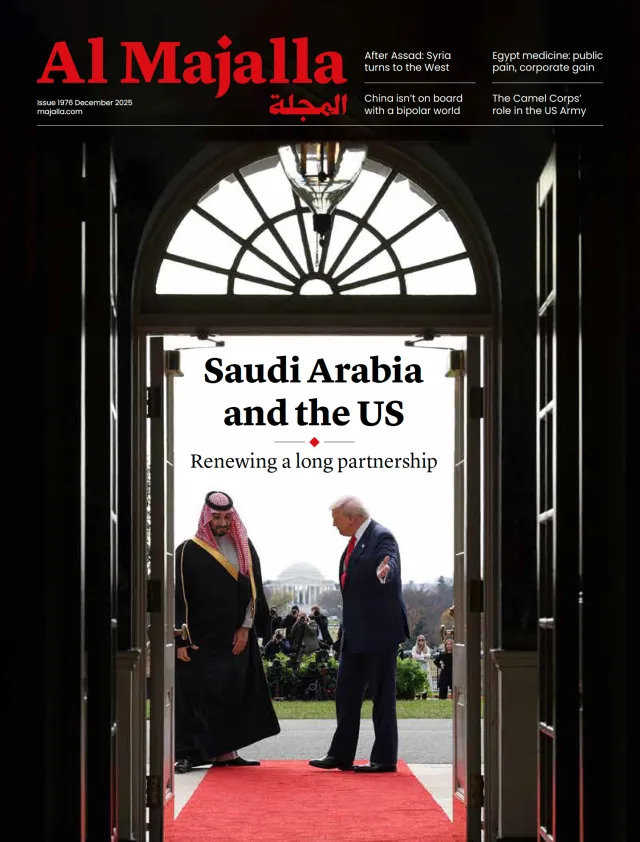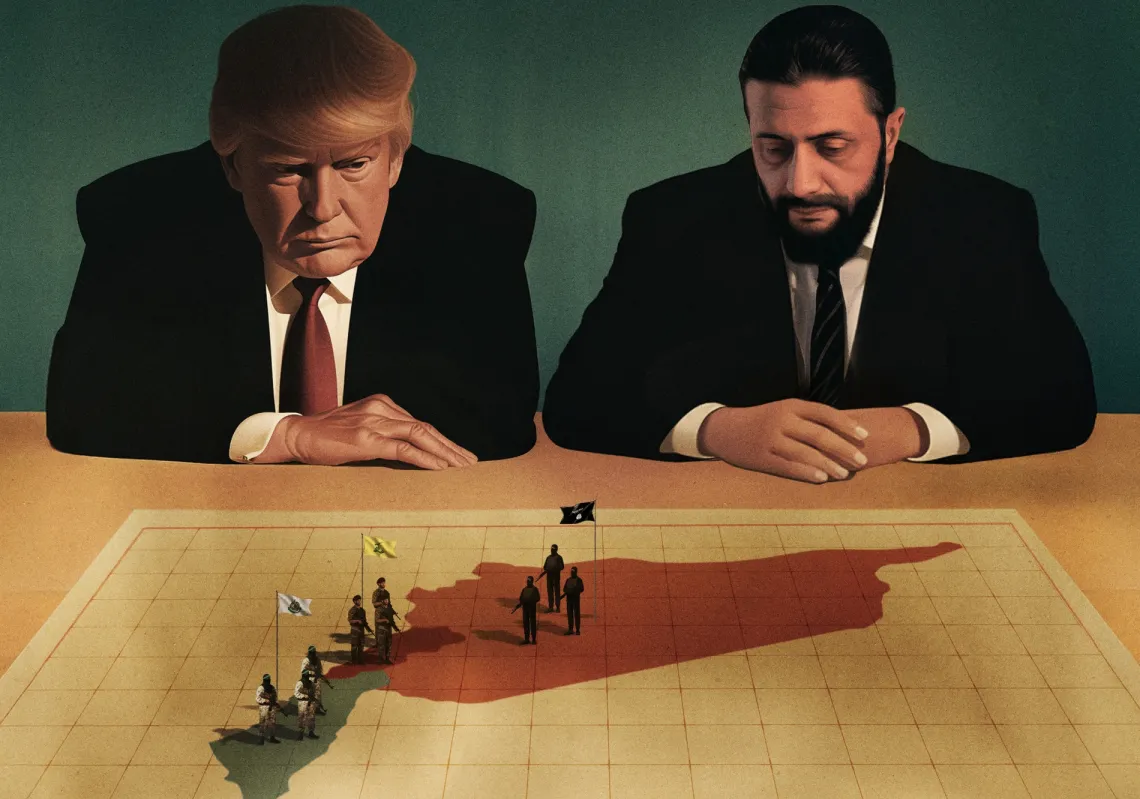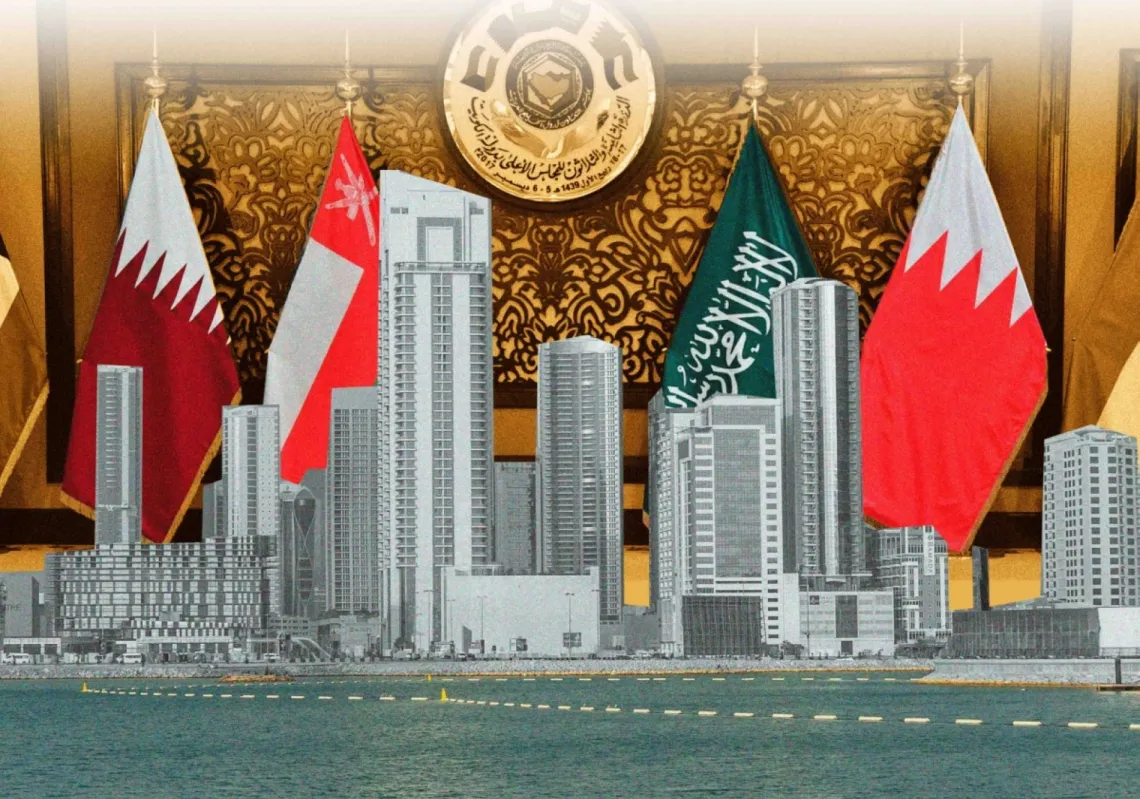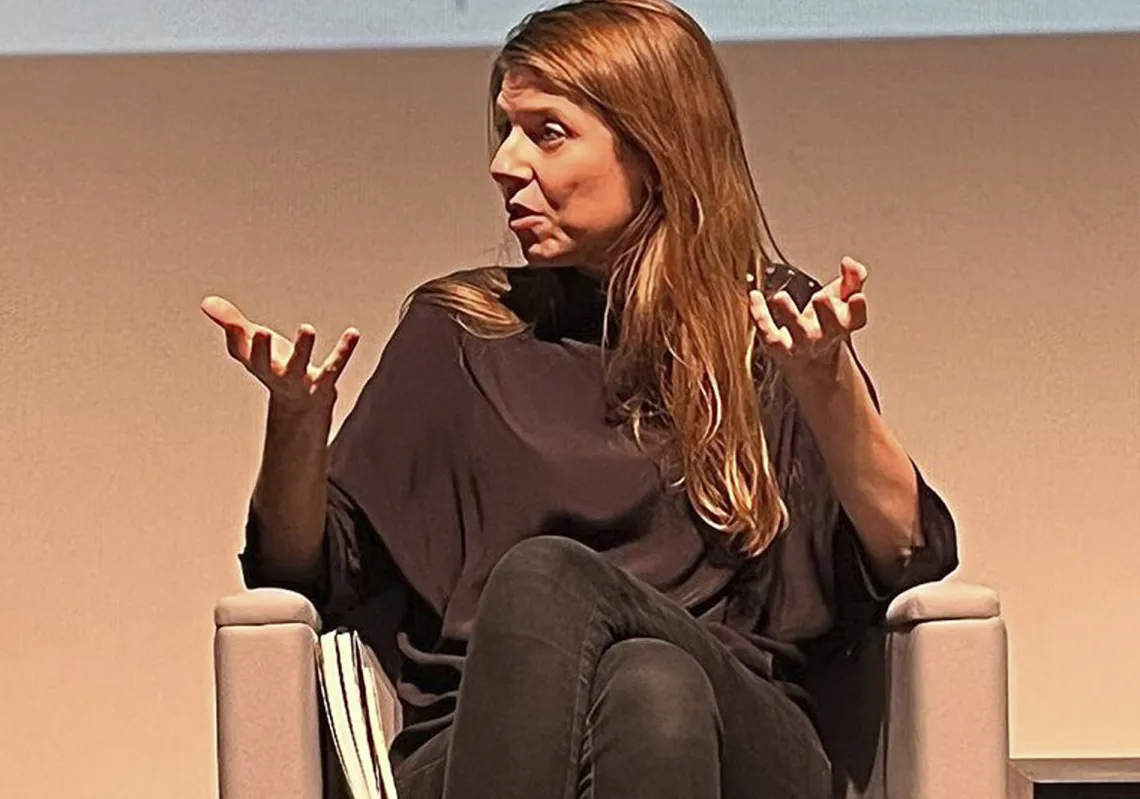Everyone interested in Arabic literature, poetry, and prose must familiarise themselves with the history of the Arabian Peninsula, its events, landscapes, and plains. That is the argument made in Abdulwahab Azzam’ book The Cradle of the Arabs. The great body of text cannot be fully understood without knowledge of the places, tribes, animals, narratives and nature of the Arabian lands.
Azzam asks if history ever known a nation that united within its dominion as many peoples and lands as the Arabs did, fostering unity and inspiring virtue, literature, knowledge, and industry. They did so for the sake of God and with the intention of reforming society and advancing civilisation, thus intertwining the Arab legacy with noble deeds, virtues, and honourable traditions.
Crossroads of civilisations
Today, the Arabian Peninsula remains a wellspring of vitality. Far from fading with time, the Arabs endure, the rivers continue to flow, and the sun continues to shine. The peninsula has never been just an expansive desert or barren wasteland, even though that is how it has often been portrayed.
It was a crossroads of civilisations, a thriving hub for caravan routes whose history is the transport of perfumes, gold, spices, copper, and textiles. Its fabric is of cultural exchange and prosperity, great kingdoms that carved their glory into the mountains and built cities that flourished with trade, giving rise to the arts.
This peninsula was home to a resourceful and creative people who mastered the land, carved out roads, and established kingdoms that thrived for centuries. It has always been a crossroads where cultures meet, ideas converge, and civilisations emerge.
It was here that humanity took its first steps towards settlement, agriculture, commerce, and architecture. The ingenuity of the Arab people left an enduring imprint on the ancient world. Today, as we celebrate the anniversary of Saudi Founding Day, we return to the roots of this land.
Al-Magar Civilisation
In the heart of the Arabian Peninsula is the Al-Magar region, one of the world’s oldest civilisations that emerged more than 9,000 years ago. This advanced pre-historic Najdi Arabian civilisation provides compelling evidence that the ancient Arab inhabitants were among the first to domesticate horses and other animals.















